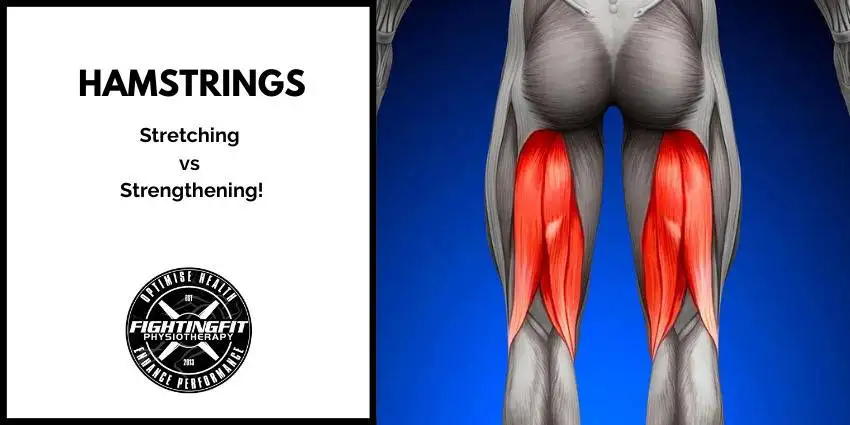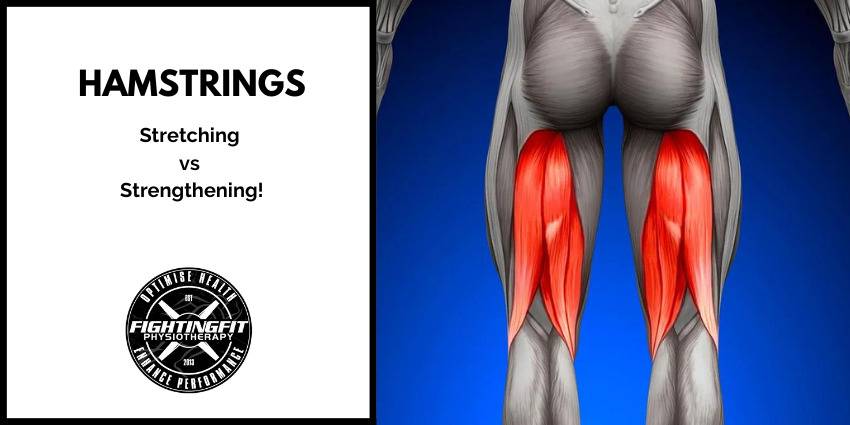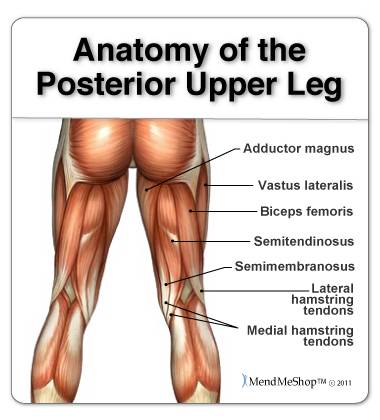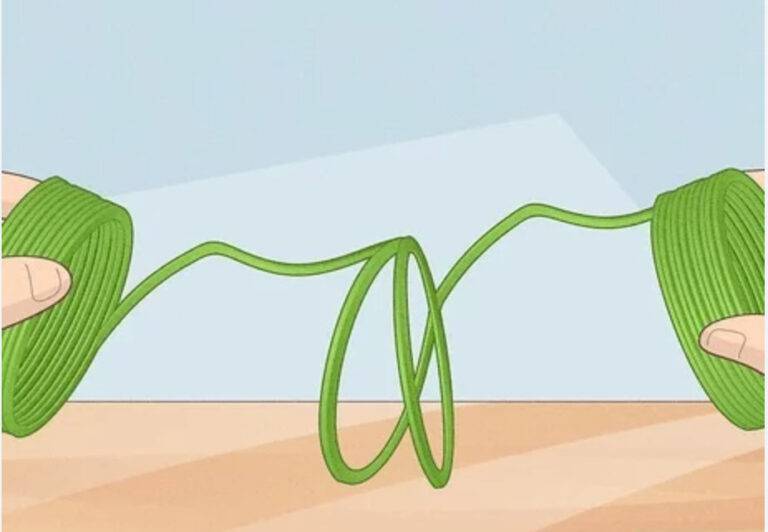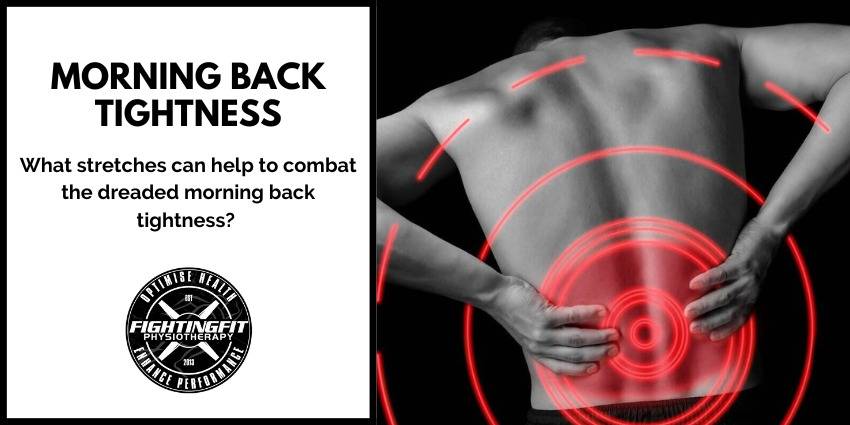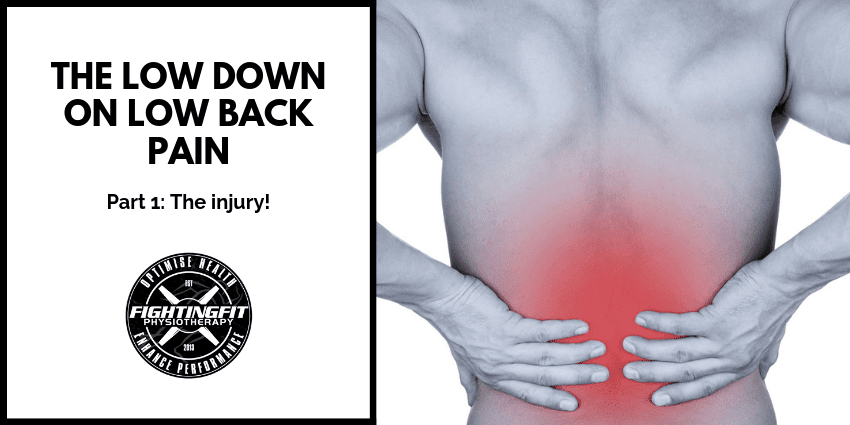Hamstrings… Stretching vs Strengthening?
Kyle Wells is a Physiotherapist at Fighting Fit Physio.
He has a special interest in arthritis, neck pain and tendinopathy. Just to name a few.
Kyle loves cross fit and has an exceptional eye for technique and performing exercise correctly.
He use exercise to improve patient results and get them moving better for the long term.

